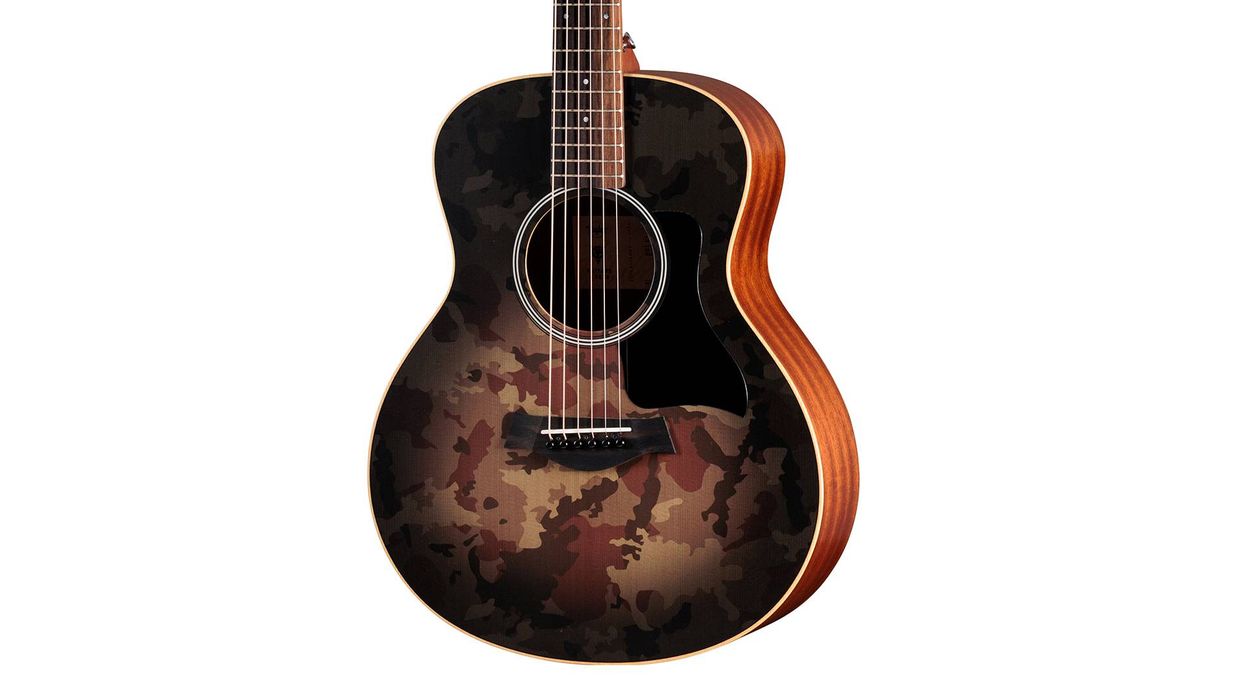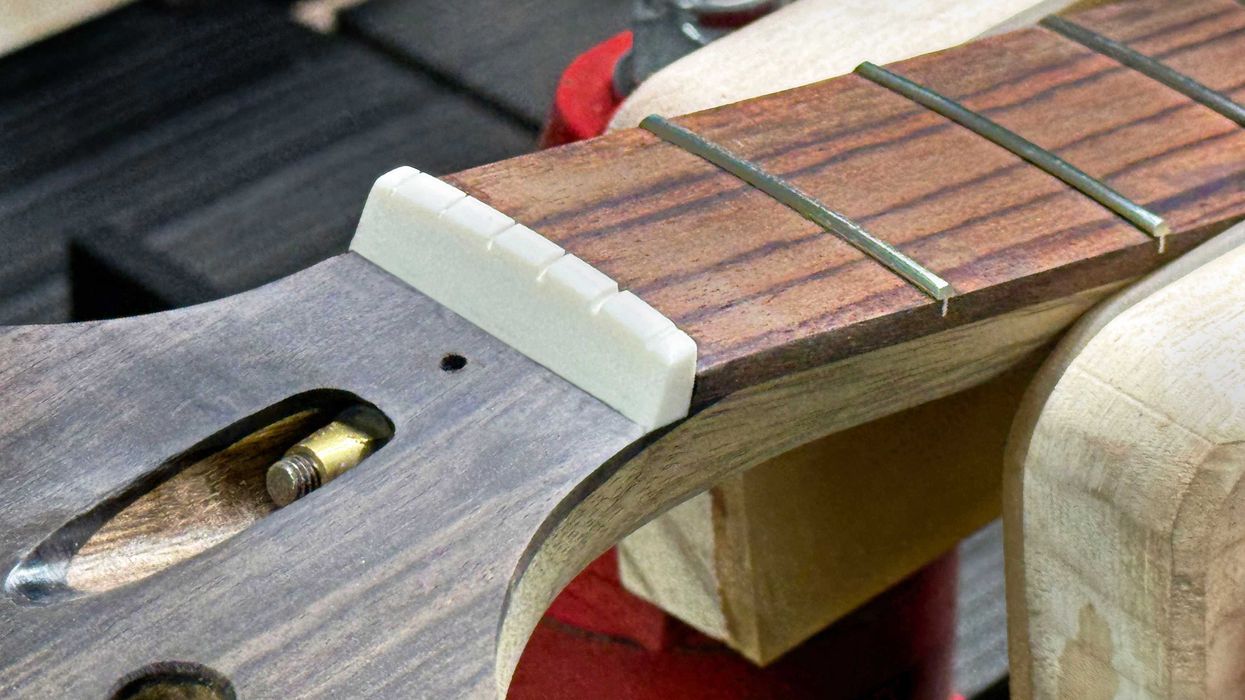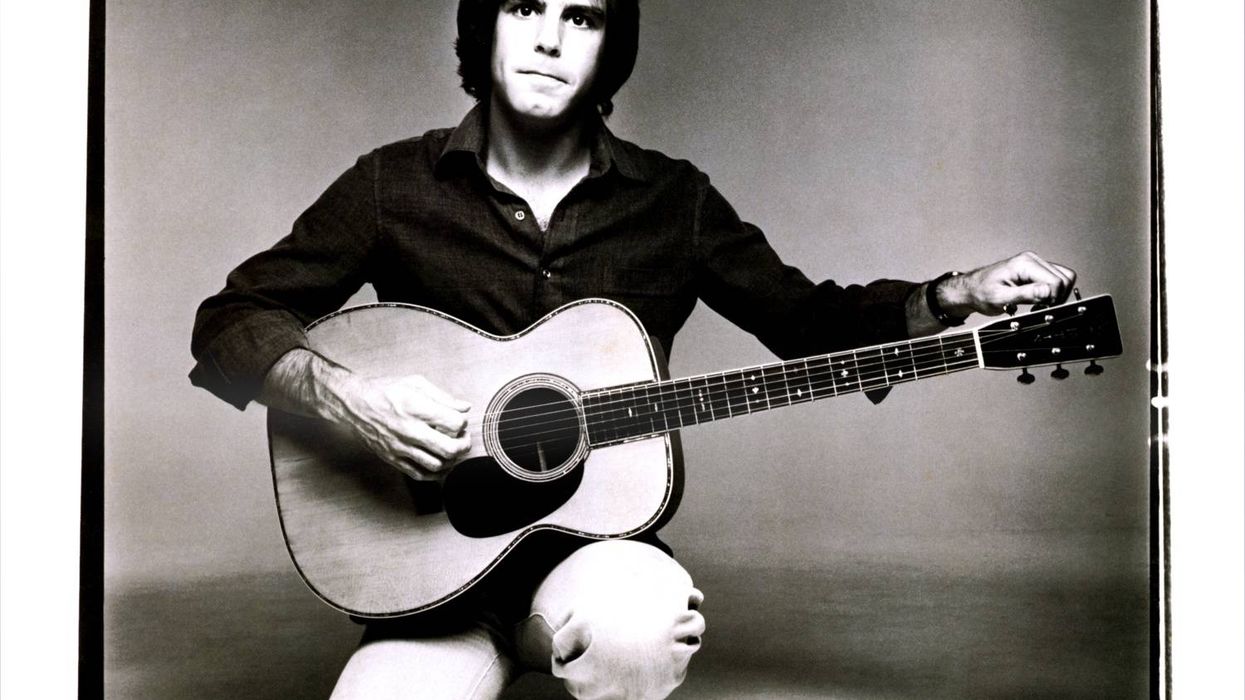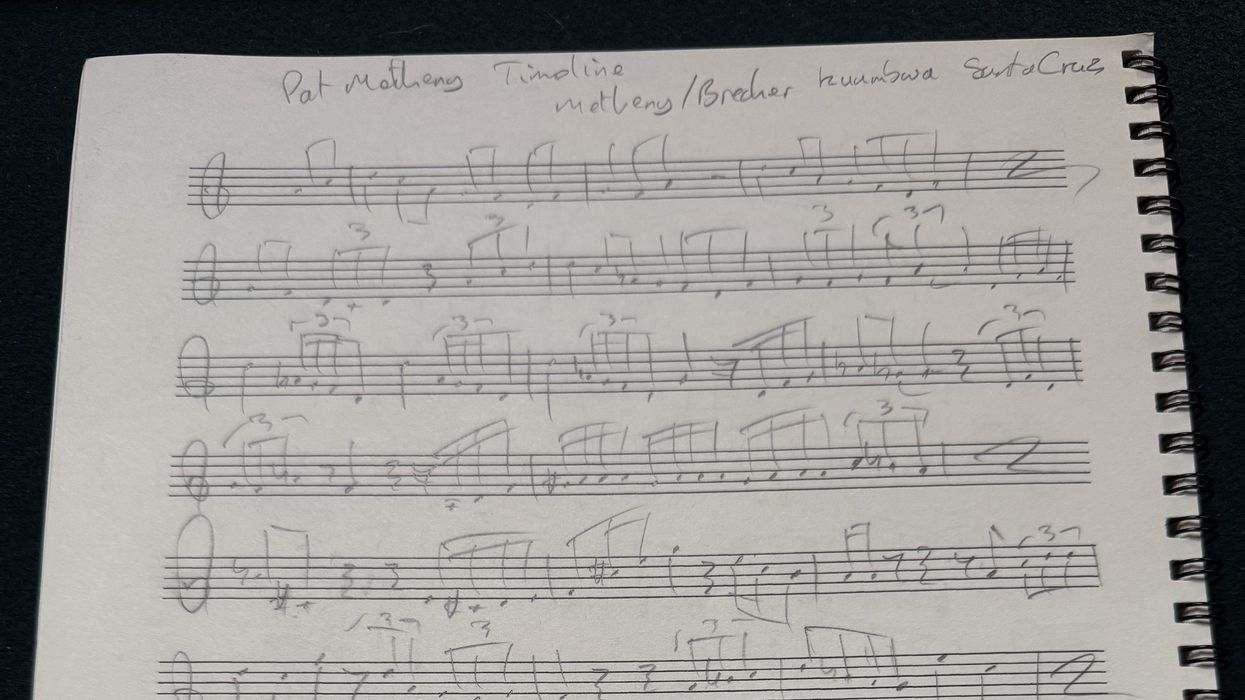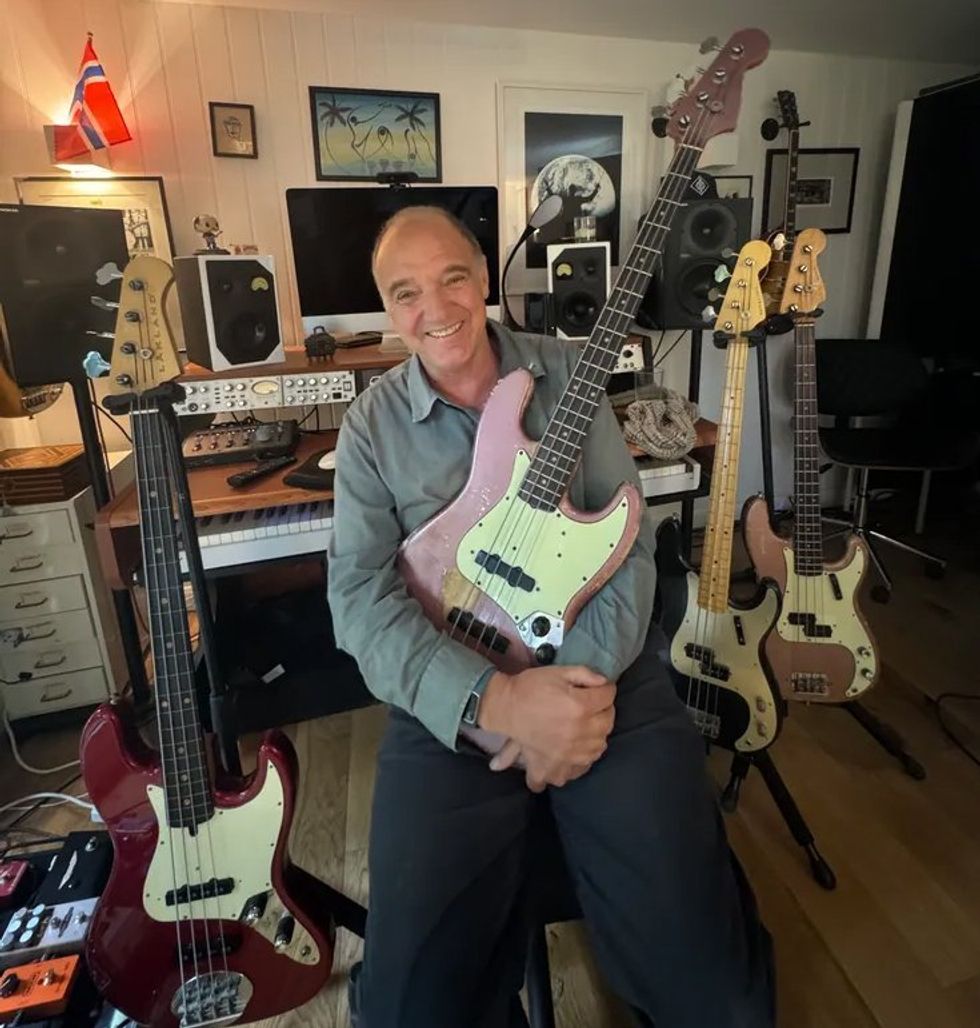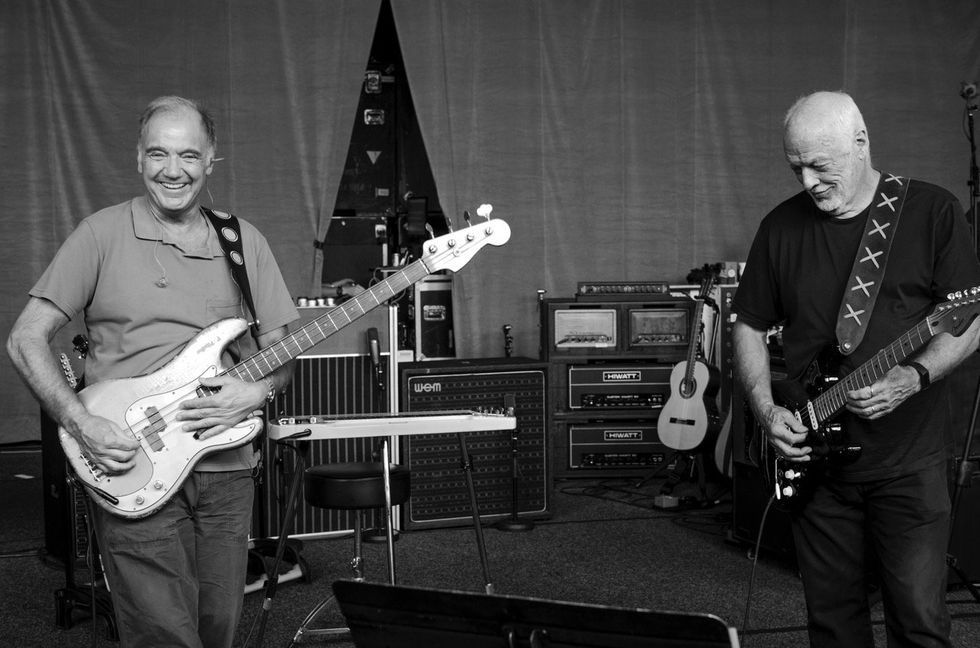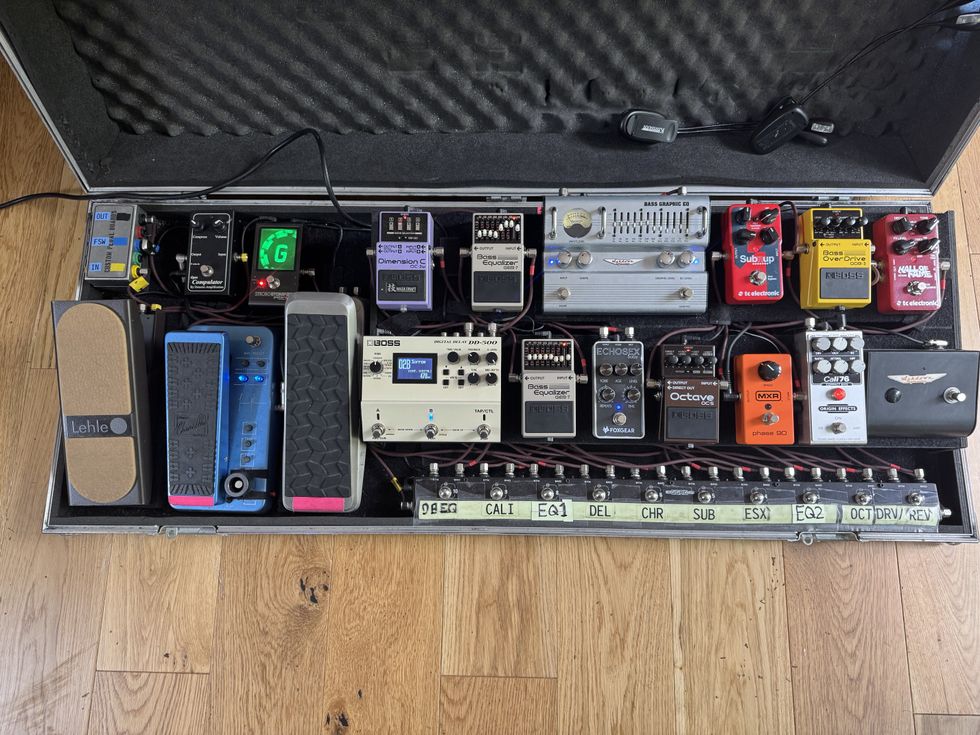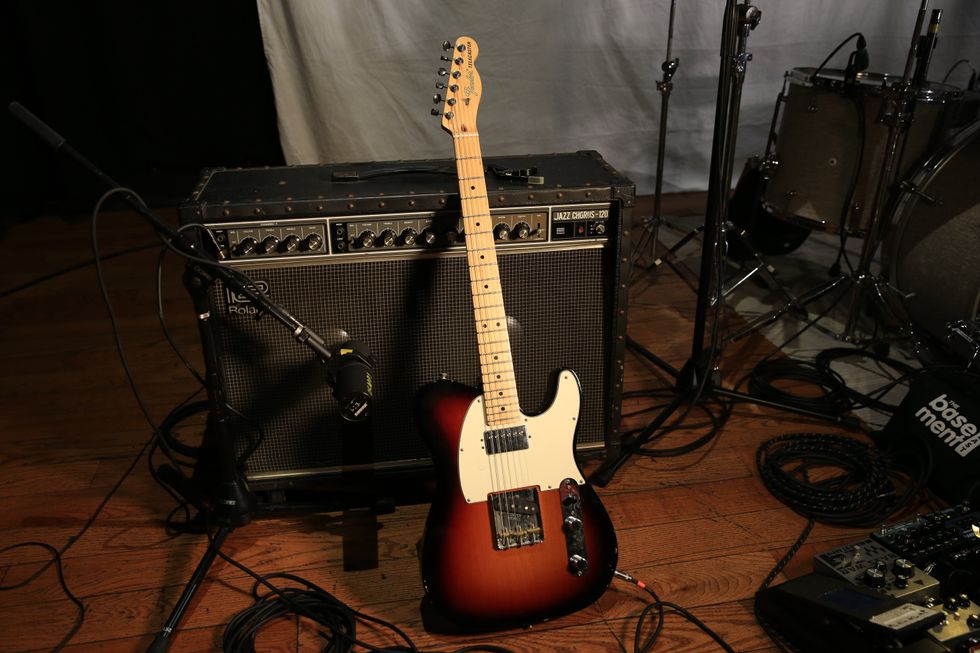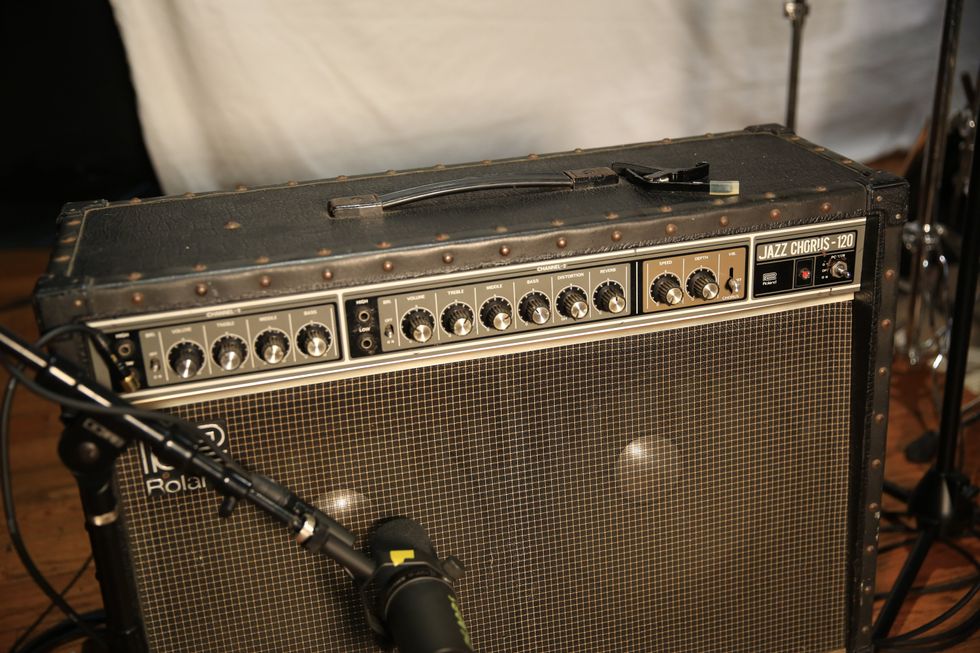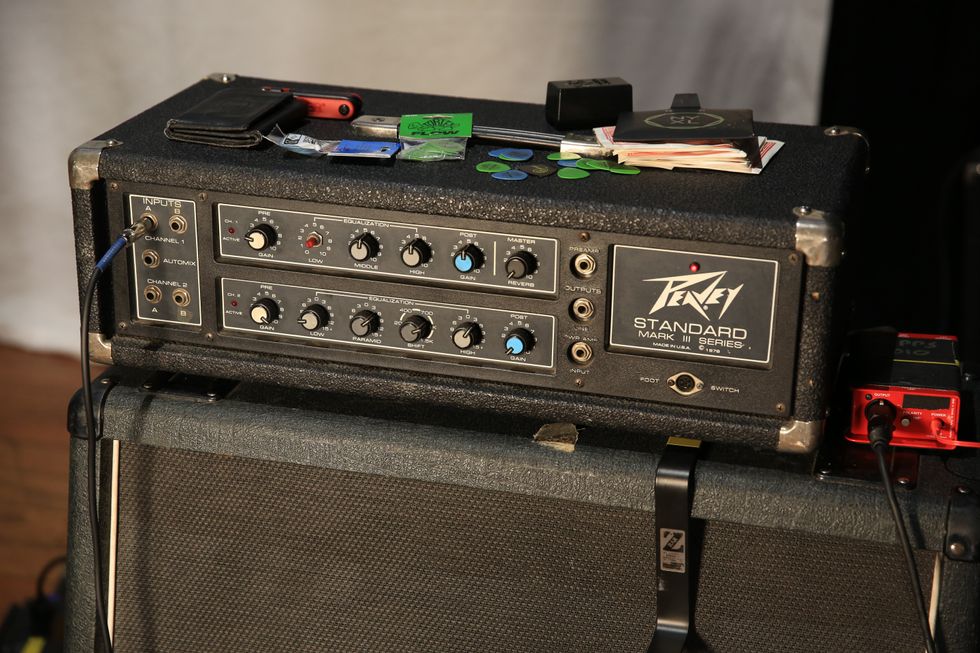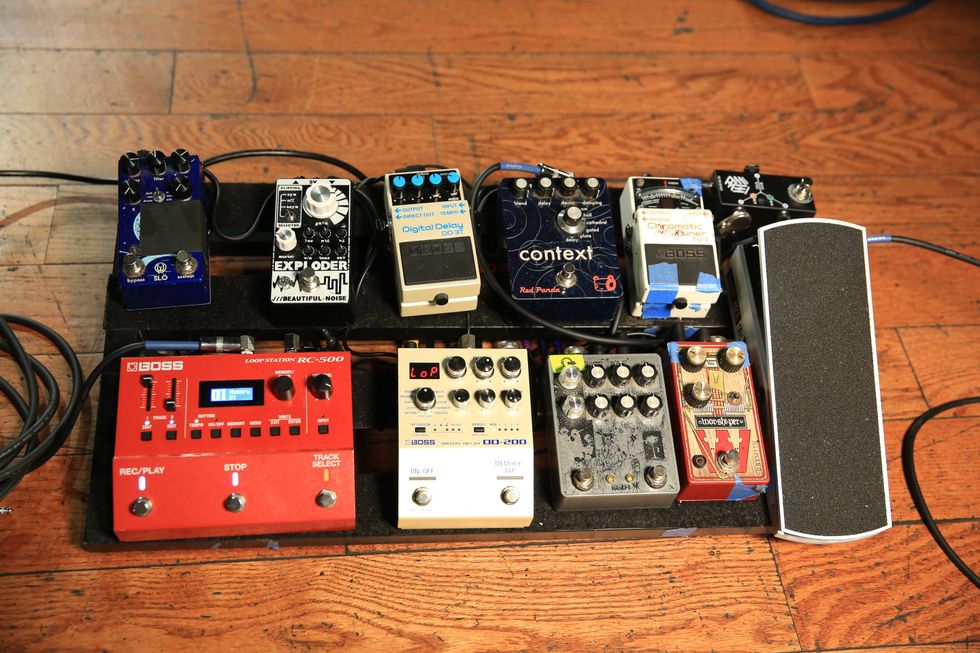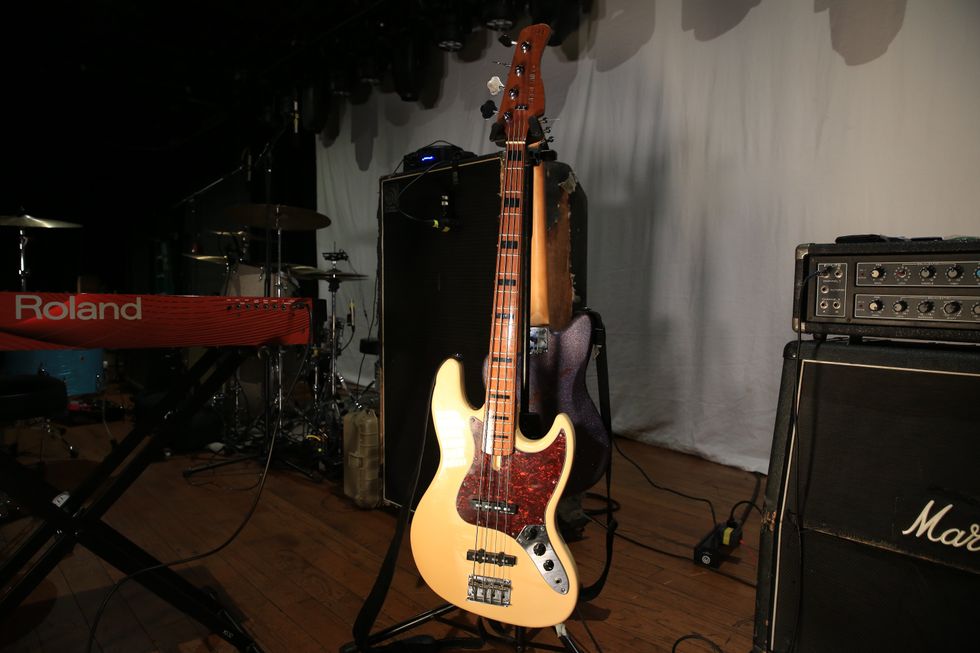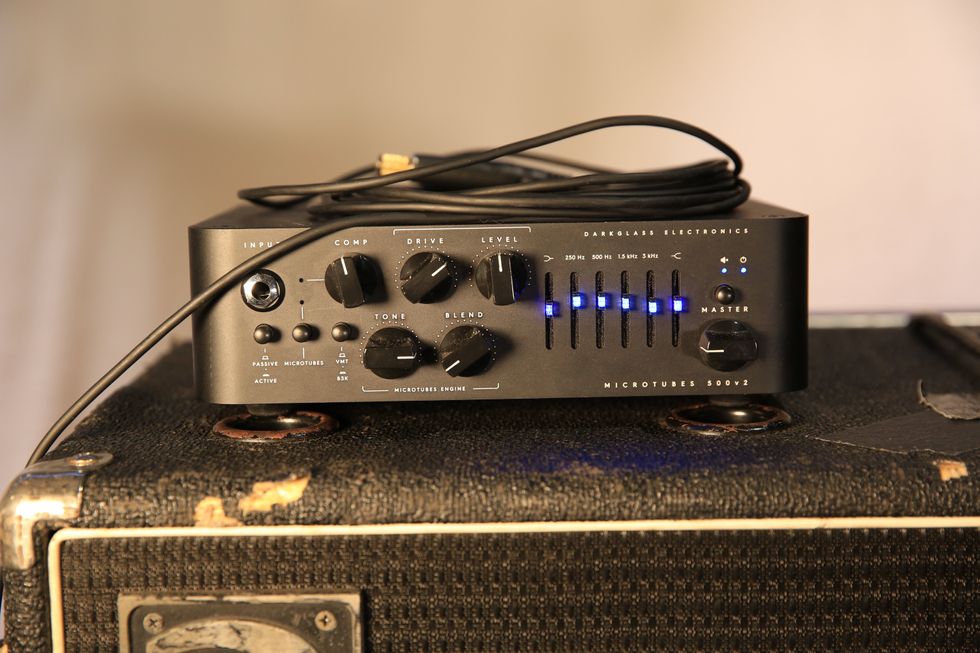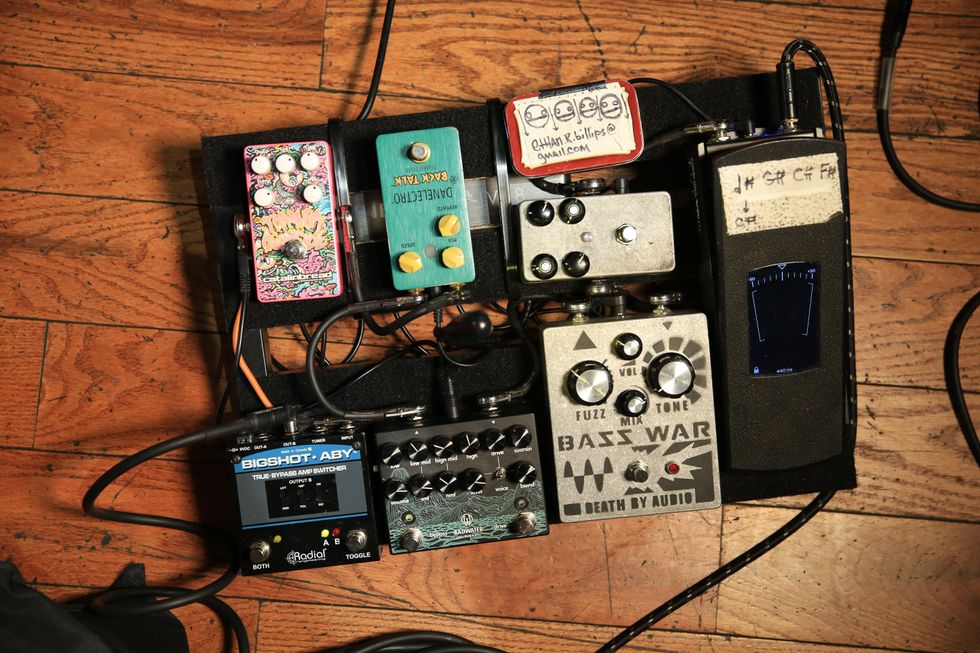I’m always watching for the next interesting 6-string to come through the shop, but this time I set my sights lower—at least sonically. We had two really nice and interesting Gibson basses come in: a 1963 EB-0 and a 1968 Melody Maker. The more I looked at these two basses and started researching them, the more I realized that they were nearly the same. A big difference between a Melody Maker and an EB is that Melody Makers were sold as student models, so Gibson cut some corners in favor of a lower street price, and they had a shorter manufacturing run, which has made them rare. Picking between the two basses, I was drawn to write about the Melody Maker, which looks, sounds, and, for the most part, plays great. It’s perfect for a wallow on the dark side of the spectrum.
Here’s a little backstory. The Gibson EB-0 bass came out in 1959 as the company’s response to declining sales of the first bass it took to market: the EB-1. Initially the EB-0’s shape was like that of a Les Paul Junior, with an all-mahogany neck and body. This version remained in production only until 1961, and then the EB-0 was changed to the sharp-winged SG style that was becoming popular. The EB-0 went through several more design changes in the 1960s: switching black plastic pickup covers to metal ones, going from nickel-plated hardware to chrome. In 1966, the model got a thinner neck, too, and when the Melody Maker bass debuted that year, it was with that thinner, faster neck. There’s also a handrest on the front lower area of the pickguard of both models, making it a snap to pick the strings with a thumb, which is exactly what many players did with Melody Maker and EB basses.
Here’s a close-up of the legendary “mudbucker” pickup on our Melody Maker. Yes, it sounds as muddy as its name implies, yet Jack Bruce, John Paul Jones, and other bassists pushed it to the max on historic recordings.
As I mentioned, the Melody Maker bass was introduced as a student model, and production apparently ran into mid-1971. But the production numbers I’ve gotten from several sources are all over the map, so I question the accuracy of the information that’s available. Apparently only a little over 500 were made, while more than 20,000 EB-0s were built.
In addition to their similar bodies, both EB-0 and Melody Maker basses used the humbucking pickup that’s become known as the “mudbucker”—due to its murky tone—located right up against the neck where it joins the body. Same with the EB-2, EB-3, and the Epiphone Newport. The tuning keys on Melody Makers and some EB basses were made in Japan, and were closed-key-style.
Zooming in on Gibson’s two-point Tune-o-matic bass bridge, which was new in ’68, shows the adjustable saddles that allowed for independent bass-string intonation for the first time. But the screws had a tendency to wear and cause the bridge to lean forward.
On our ’68 model, the original tuners have been replaced with Fender-style bass tuners. If it was my bass back in the day, I would have done the same. The OEM keys were hard to turn and broke very easily, since they were made of pot metal. The bridge is a Gibson two-point Tune-o-matic, which was new in ’68. It was Gibson’s first attempt at a bass bridge that allowed separate intonation for each string. It attaches at its post by two screws. The screws had a tendency to wear and cause the bridge to lean forward, providing yet another nickname: the Tilt-a-matic bridge. That tilting, of course, caused problems with the action.
The EB-0 and the Melody Maker are kissing cousins, with their all-mahogany construction, mudbucker pickups, and a 30.5" scale length. And the mudbuckers really do have a sound all their own. It’s very warm and packed with low-end growl. You can hear that sound on recordings by Cream and on some tracks on early Led Zeppelin albums.
The original Japan-made pot-metal tuners that Melody Makers came with were replaced with sturdier Fender-style tuners, making this bass a more dependable instrument.
Another factor in the lower original price of the Melody Maker was its pickguard-mounted electronics. (On our example, the original tone and volume dials have also been replaced.) The EB’s pickups were routed through the back of the instrument’s body. The flaw with this, for the Melody Maker, is that the pickup is closer to the strings than it should ideally be, so if you play high up on the neck, the strings will lay on the pickup. And if you raise the bridge to fix the problem, your action will be quite high in the lower register.
So due to that flaw, it may be ironic that vintage Melody Makers now typically sell for more than old EB-0s. For a 1968 Melody Maker in good condition, you’re looking at about $1,800, versus between $500 to a grand or a little more for an EB-0, with some exceptions. I think the Melody Maker has more charm, with its extended pickguard. And as you know, falling in love with a vintage instrument, warts and all, is often a simple matter of taste.


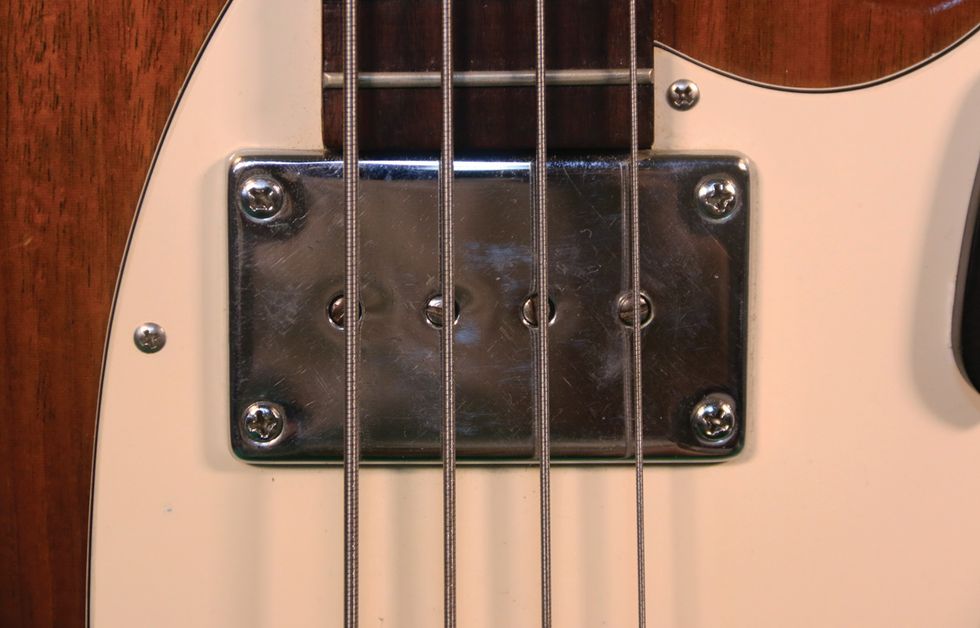
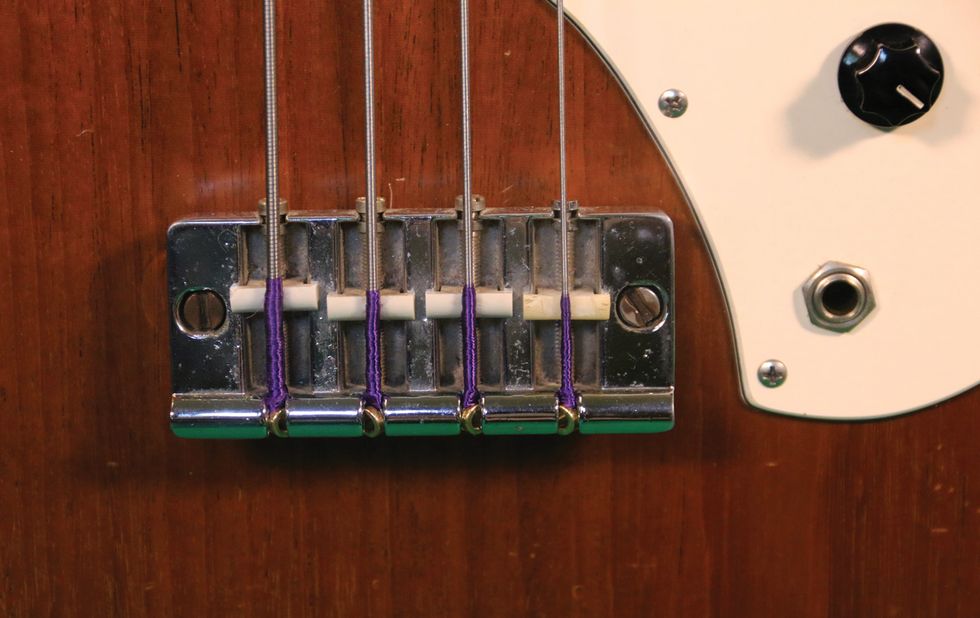
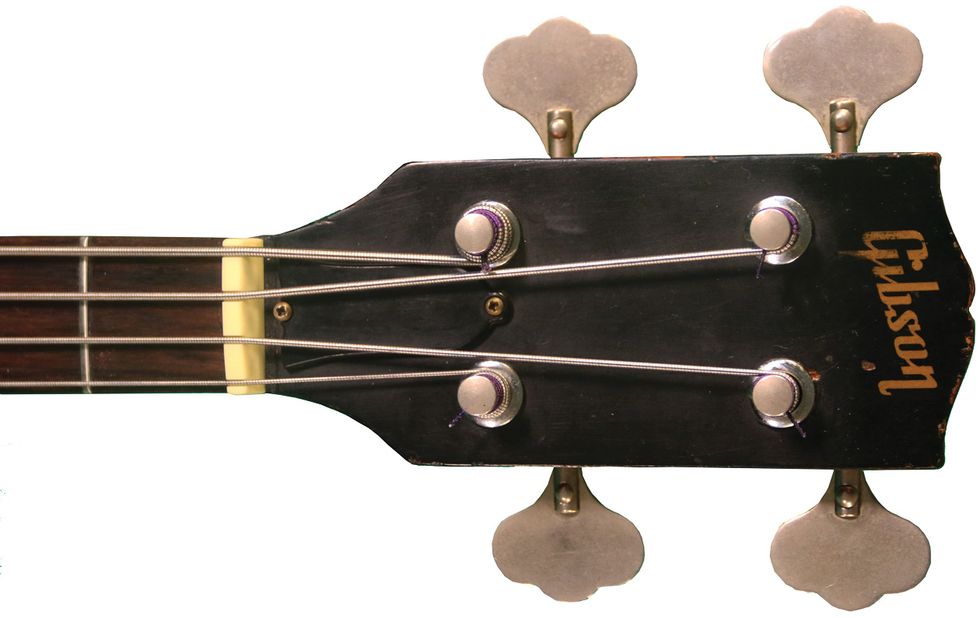

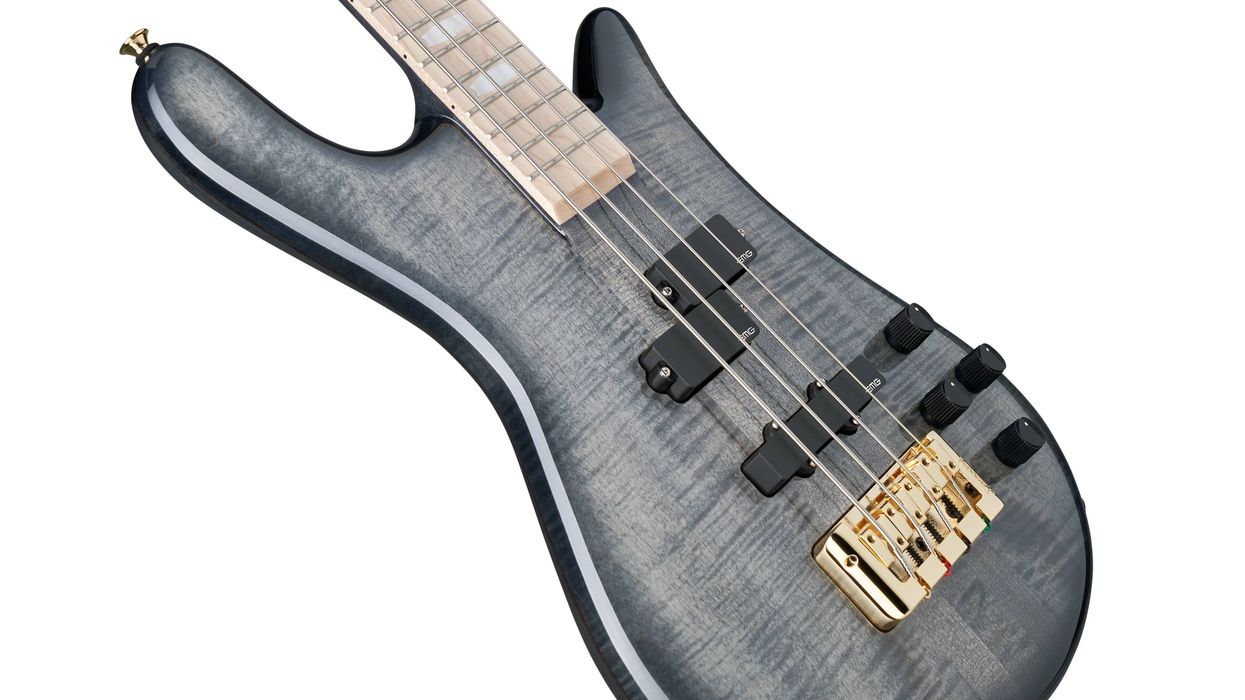


![Rig Rundown: AFI [2025]](https://www.premierguitar.com/media-library/youtube.jpg?id=62064741&width=1245&height=700&quality=70&coordinates=0%2C0%2C0%2C0)












 Shop Scott's Rig
Shop Scott's Rig